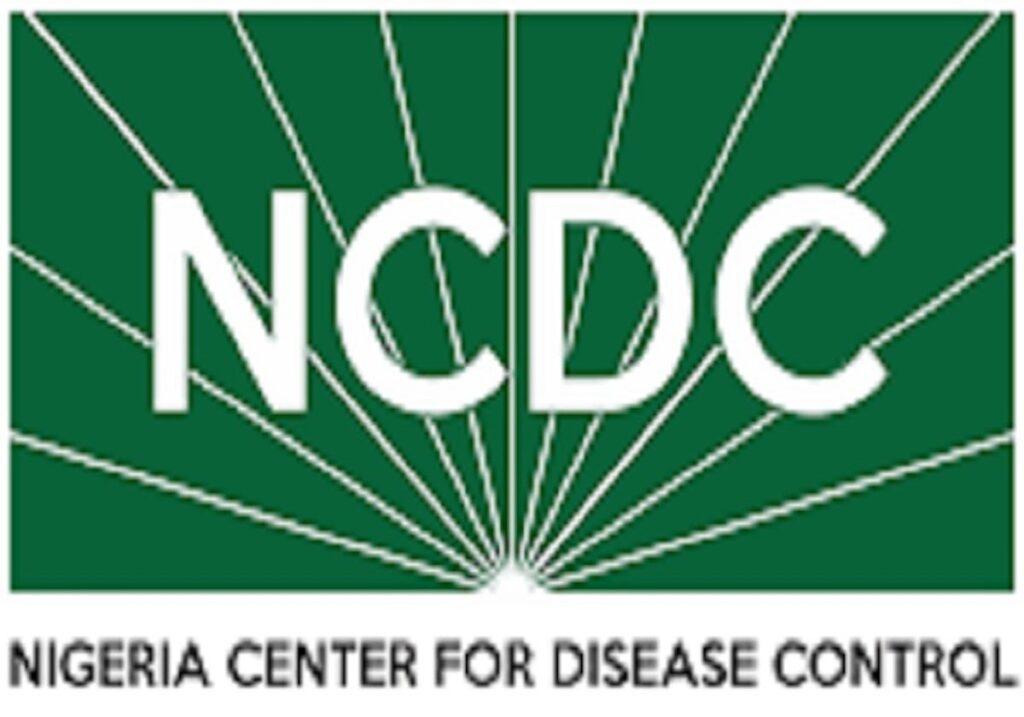
As per the announcement from the Nigeria Centre for Disease Control and Prevention (NCDC), there have been a total of 857 confirmed cases of Lassa fever and 156 fatalities reported across 28 states from January to April 28.
The official report published on the NCDC website disclosed these statistics concerning the prevalence of Lassa fever in the country.
With a case fatality rate (CFR) of 18.2 percent, the current situation is more severe compared to the 17.0 percent CFR recorded during the same period in 2023.
Lassa fever, a potentially deadly viral hemorrhagic disease, is endemic in several West African nations, including Nigeria. The disease is caused by the Lassa virus, primarily transmitted through contact with items contaminated by the urine or excreta of the mastomys natalensis rat species or the bodily fluids of infected individuals, particularly caregivers.
In Nigeria, Lassa fever outbreaks commonly occur during the dry season annually.
During the reporting period highlighted in the week 17 report from April 22 to 28, a concerning surge in confirmed cases from 11 to 14 was observed compared to the previous week.
Of the confirmed cases this year, 63 percent were concentrated in Ondo, Edo, and Bauchi states, with the remaining 37 percent reported in 25 other states.
Despite efforts to combat the outbreak, challenges persist, such as delayed case presentation, inadequate health-seeking behavior, and the treatment cost contributing to the high CFR.
NCDC stressed that poor environmental sanitation and low awareness in high-risk communities have exacerbated the situation.
The National Lassa fever multi-partner, multi-sectoral Incident Management System has been activated by NCDC to coordinate a comprehensive response across all levels, with the Emergency Operations Centre (EOC) mobilizing resources to address the escalating crisis.
While no healthcare workers were affected during the reporting period, individuals aged 21-30 remain the most affected demographic group by the disease.
Early detection, proper hygiene practices, and community awareness are crucial in curbing the spread of the disease and preventing further fatalities, as emphasized by the center.
NCDC underscored the necessity of combined efforts from government entities, healthcare providers, and the public to contain the outbreak and save lives.
Preventing Lassa fever involves avoiding contact with rodents and their excreta, maintaining good personal hygiene, and taking precautions while caring for infected individuals.
Early diagnosis and immediate medical intervention are essential in managing the disease and preventing complications. (NAN)
